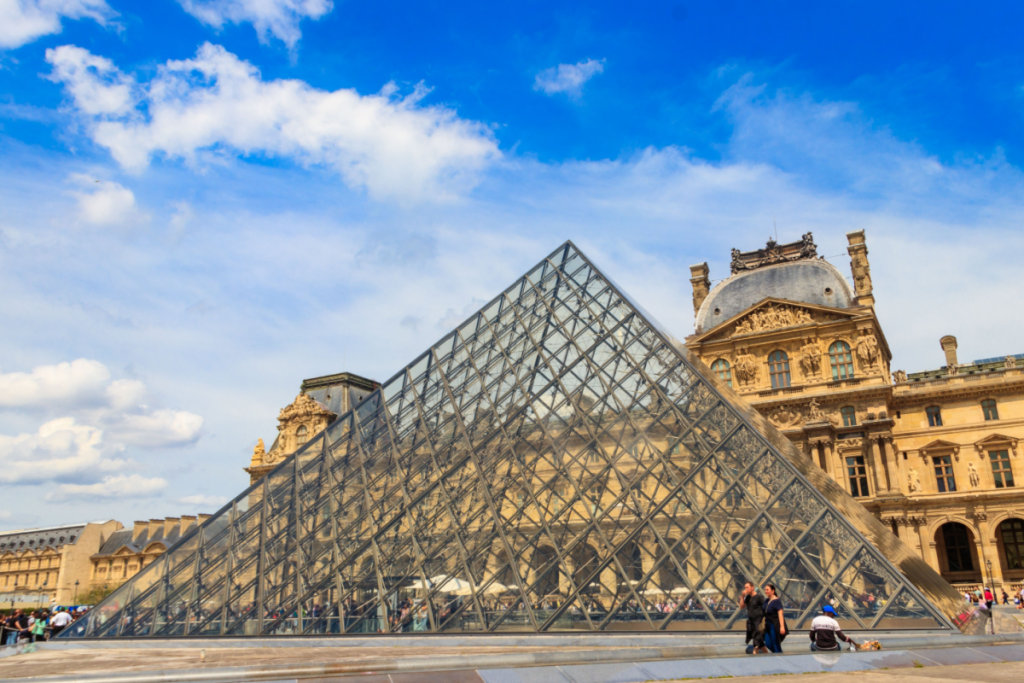Paris Heist Exposes Major Security Gaps at the World’s Most Famous Museum
French investigators are closing in on the suspects behind the audacious Louvre Museum jewel heist, but experts warn the chances of recovering the nation’s stolen crown treasures remain slim. The robbery, carried out in broad daylight on Sunday as tourists filled the museum, has shocked France and drawn global attention to security lapses at one of the world’s most iconic cultural institutions.
“We will catch them,” criminologist Alain Bauer told CBS News. “But I don’t think we will capture the jewels.”
Bauer, a professor at the National Conservatory of Arts and Crafts, said police had recovered extensive DNA evidence left behind by the thieves — including traces on the crown of Empress Eugénie, which the criminals abandoned before fleeing on motorcycles. Investigators also seized the power tools, gloves, walkie-talkies, and a crane lift used to reach the museum’s upper floors.
How the Thieves Pulled Off the Heist
The robbers entered through a rear window of the Louvre’s main building, avoiding the glass pyramid entrance and heading straight for the Galerie d’Apollon, home to France’s royal crown jewels. Using a power saw and crane lift, they cut their way in and escaped within minutes, despite operating in central Paris.
Authorities believe the operation required meticulous planning and possibly insider knowledge. If the culprits are professional thieves, Bauer said, they may already be known to police. “If they’re amateur or subcontracted by others, it could be much harder,” he added.
Priceless Treasures Gone
While the jewels’ historical value is beyond measure, experts estimate their black-market worth could reach tens of millions of dollars. Among the stolen artifacts are:
- A tiara set with 212 pearls and nearly 2,000 diamonds, commissioned by Emperor Napoleon III for his wife, Empress Eugénie, in 1853.
- An emerald-and-diamond necklace and earrings originally gifted by Napoleon Bonaparte to Empress Marie-Louise of Austria in 1810.
- A sapphire-and-diamond tiara and matching necklace from the French royal collection.
The theft is the Louvre’s most serious since 1911, when Leonardo da Vinci’s “Mona Lisa” was stolen and recovered years later in Italy.
National Outrage and Security Failures
The heist has been described as both a “national tragedy” and an “embarrassment” for France. Tourists expressed disbelief that such a theft could occur at one of the world’s most heavily guarded museums. “In the Louvre, of all places, you’d think they have the best security on the planet,” one visitor told AFP.
However, recent reports suggest the museum’s defenses were alarmingly weak. A Radio France audit revealed that 35% of rooms in the Denon Wing, where the jewels were kept, lacked surveillance cameras.
France’s Justice Minister Gérald Darmanin admitted to systemic security failures, calling the incident “a deplorable image for France.” He acknowledged that while not every site can be fully secured, allowing thieves to use a crane truck “in the open, in the streets of Paris” represented a fundamental lapse in vigilance.
A Race Against Time
While police remain confident they will catch those responsible, the fate of the jewels themselves is uncertain. Experts note that such artifacts are often dismantled, melted down, or sold privately within days to erase any traceable identity.
As investigators comb through forensic evidence and surveillance footage, the Louvre faces mounting pressure to overhaul its security — and to explain how the treasures that once symbolized France’s royal grandeur vanished so easily in the 21st century.


